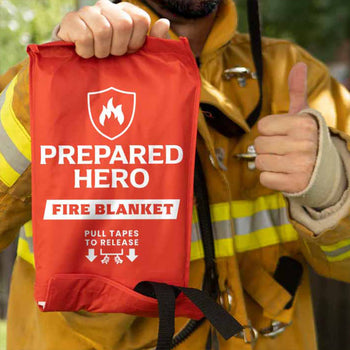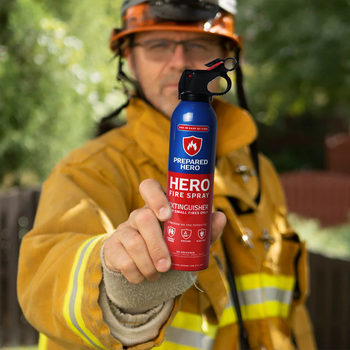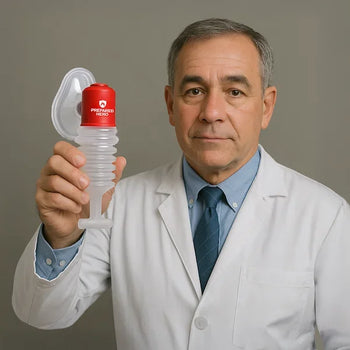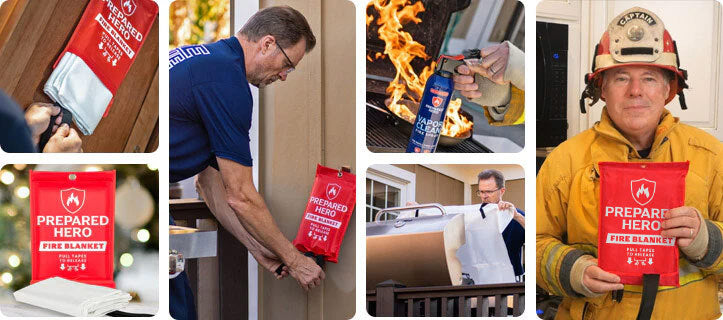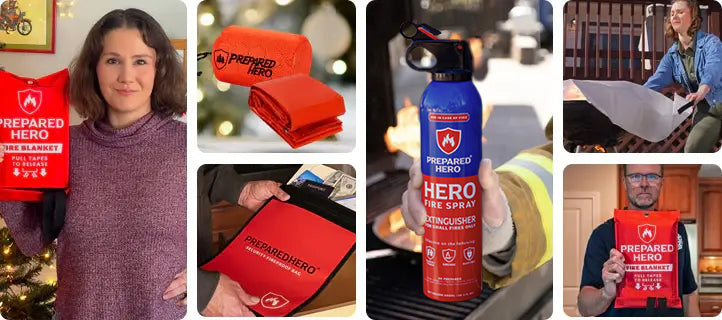Where you put your smoke detectors matters just as much as installing them. Proper placement makes sure they can detect...
Bake fluid might not be in the spotlight, but it plays a big role in keeping your engine safe. It helps your brakes work properly, handles extreme heat, and protects the system from damage. But it also comes with risks.
Brake fluid can cause more harm than good if you’re not careful. But is it flammable? How do you use it safely? Where do you store it? This guide breaks down everything you need to know about brake fluid.
What Is Brake Fluid?

Brake fluid helps your car stop when you hit the brake pedal. It’s mainly made of a glycol base solution along with antioxidants, corrosion inhibitors, and lubricants. It’s designed to handle high pressure and heat without breaking down. In particular, the brake fluid moves through the brake lines when you hit the brake pedal. It then transfers that force to the brakes on each wheel. This is how your car stops.
Brake fluid does more than just this. It also lubricates the brake system and protects it from rust and corrosion. Without it, your brakes would wear out faster and might not work as well.
There are different types of brake fluid, including glycol-based and silicone-based. Most cars today use fluid that meets DOT (Department of Transportation) standards. These standards make sure the fluid can handle extreme heat and stay reliable.
Safety Precautions When Handling Brake Fluid

Brake fluid is useful, but it also poses risks. Here are the top precautions you need to take when handling it:
1. Wear protective gear.
Always wear gloves, safety glasses, and clothes that cover your skin. Brake fluid can irritate your skin and eyes. You should also work in a well-ventilated area because fumes from the fluid can be harmful if you breathe them in.
2. Keep it away from fire.
Brake fluid is flammable. Don’t smoke or work near an open fire or sparks when using it. Make sure there are no ignition sources and flammable items nearby as well.
3. Know what to do if it spills on you.
If brake fluid touches your skin or gets in your eyes, rinse it with plenty of water right away. Don’t wait. Get medical help if it still feels painful.
4. Don’t mix fluids.
Never mix different types or brands of brake fluid. Their chemical compositions vary. Plus, always use clean tools and containers to avoid contamination. Doing these prevents damage to your braking system.
5. Dispose of it properly.
Brake fluid is considered hazardous waste. Don’t pour it down the drain or throw it in the trash. Take it to a proper disposal center that handles automotive fluids.
6. Read the label
Different fluids may have different instructions. So, always read the manufacturer’s label for warnings and directions before using the product.
Is Brake Fluid Flammable?

Brake fluid is technically not flammable, but it is combustible. It won’t burst into flames instantly, but it can catch fire under the right conditions. For this reason, you should always handle it with care.
According to an OSHA (Occupational Safety and Health Administration) safety data sheet, brake fluid has a flash point of 303°F (150°C). Since the OSHA classifies flammable liquids as those with flash points below 100°F (37.8 °C.), brake fluid is not flammable. Instead, it’s combustible.
Here’s a table showing the key differences between flammable and combustible liquids:
| Flammable | Combustible | |
| Ignition Temperature | Ignites at lower temperatures, | Requires higher temperatures to catch fire |
| Flash Point | Below 100°F (37.8°C) | Between 100°F (37.8°C) and 200°F (93.3°C) |
| Common Uses | Found in fuels, solvents, and chemicals used in industries like automotive, painting, and cleaning | Includes oils, wood, and paper commonly used in construction, manufacturing, and household settings |
| Fire Risk | High-risk environments include gas stations, labs, and chemical plants | Found in warehouses, workshops, and storage areas, where prolonged heat exposure can lead to fire |
| Storage and Handling | Store in well-ventilated areas, away from open flames, sparks, and direct sunlight | Store in well-ventilated areas, away from open flames, sparks, and direct sunlight |
Brake fluid is a type of hydraulic fluid, and most types are made with glycol-based ingredients like ethylene glycol or diethylene glycol. While brake fluid has a high flash point, it can still ignite when exposed to enough heat. Once that happens, all it takes is a spark or open flame to ignite it.
Brake fluid also includes additives that help it perform better, such as anti-corrosion agents and lubricants. While these are useful for your braking system, some of them can add to the fluid’s combustibility.
Now, here’s the tricky part. Brake fluid doesn’t burn easily in normal situations because of its high flash point. This is actually good because it keeps the fluid stable even when your brakes heat up from driving. But if there’s an open flame or hot surface nearby, and the fluid gets hot enough, it can catch fire.
So yes, brake fluid is combustible, but not dangerously explosive. Still, you should handle it with caution. Don’t smoke or work near flames when handling it. Plus, store it in a cool, dry place, and clean up spills right away. Simple steps like these help you stay safe and avoid unwanted structure fires.
At What Temperature Does Brake Fluid Ignite?

Brake fluid doesn’t have one fixed ignition point because it depends on the type and how old or contaminated the fluid is. In general, it can ignite at temperatures between 540°F and 752°F (1,004°C and 1,386°C). That’s its average autoignition temperature, which means it can ignite on its own without needing a spark or flame, especially if it’s sitting on something hot like metal.
For example, DOT 3 brake fluid can ignite in that same range when it comes into contact with hot surfaces. So while it doesn’t burn easily, it’s still a fire risk if things get hot enough.
That’s why it helps to keep a fire safety kit nearby. A fire spray can put out small flames fast, while a fire blanket smothers the flames before they spread. And if you're working near hot car parts or tools, a flame shield adds extra protection.
What Happens When Brake Fluid Is Hot?
When brake fluid gets too hot, it can start to boil. This creates air bubbles, which don’t work well under pressure. As a result, your brake pedal might feel soft or spongy, and your car won’t stop as quickly.
In extreme cases, it could lead to total brake failure. Too much heat can also damage the brake parts, which makes things more dangerous if you keep driving.
How Should I Store Brake Fluid Safely?

Store brake fluid safely by keeping it in its original sealed container. Pick a cool, dry spot away from heat, moisture, and direct sunlight. You should also avoid places that get extremely hot or cold, and don’t store it near other fluids like oils or cleaners.
Once you open it, seal it tight after each use. Try to use it within a year. Brake fluid absorbs moisture over time, so sealing it properly helps prevent problems later on.
What Happens if Brake Fluid Boils?
Brake fluid turns into vapor and creates air bubbles in the brake lines when it boils. Since air can be compressed, your brakes won't respond the way they should. The pedal might feel soft or sink to the floor. This is called brake fade. Your stopping powder quickly drops, especially during long or hard braking.
Is Brake Fluid Toxic?

Yes, brake fluid is toxic. It contains chemicals like glycols and ethers that can be harmful if swallowed, inhaled, or left on your skin for too long. If someone accidentally drinks it, brake fluid can cause nausea, vomiting, stomach pain, and dizziness. In serious cases, it could damage organs.
Breathing in the fumes can also irritate your nose and throat. Plus, it might lead to headaches or trouble breathing. If it sits on your skin too long, it can cause redness, irritation, or even chemical burns. For these reasons, you should wear gloves and work in a well-ventilated area when handling brake fluid.
Is Brake Fluid Corrosive?
Yes, brake fluid is corrosive, and it can damage more than just your car’s brake system if you’re not careful. It contains chemicals like glycols and ethers that help it work under high pressure and heat. However, the same chemicals can be harsh on other materials. If brake fluid spills on paint, it can strip or stain it. It can also break down rubber parts and corrode certain metals over time.
On top of that, brake fluid is hygroscopic. This means it pulls moisture from the air. The moisture can speed up rust and corrosion inside your braking system. So, always clean up any spills right away and store the fluid properly.
How Often Does Brake Fluid Need to Be Changed?

Brake fluid doesn’t last forever. Over time, it absorbs moisture, which can lower its performance and lead to brake problems. Within the first year, it can already pick up about 2% water. After three years, that number can reach 7 to 8%. That’s a problem because water in the system can cause brake failure.
Most manufacturers recommend changing the brake fluid every two years or after driving about 30,000 to 40,000 kilometers. But you might need to change it sooner if you’re always driving in rough or humid conditions, or use your brakes heavily.
You can track it by checking your car’s brake fluid sensor if it has one. You can also inspect the reservoir manually. But don’t open the cap; just look through the container. Opening it can let in moisture and air, which makes things worse.
Conclusion
Brake fluid, though seemingly minor, is crucial for your car's safety. Knowing how it works, how to handle it, and when to replace it helps a lot. Take care of your brake fluid, and your braking system will take care of you when it matters most. Stay safe, hero!


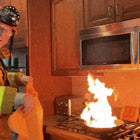 Fire
Fire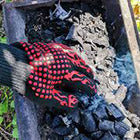 Safety
Safety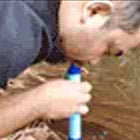 Survival
Survival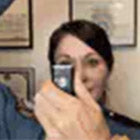 Protection
Protection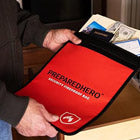 New
New
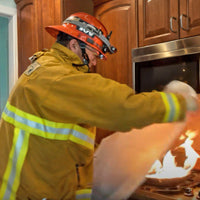 Fire
Fire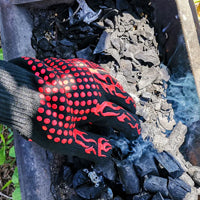 Safety
Safety Survival
Survival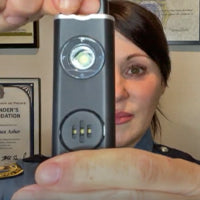 Protection
Protection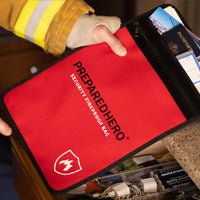 New
New
